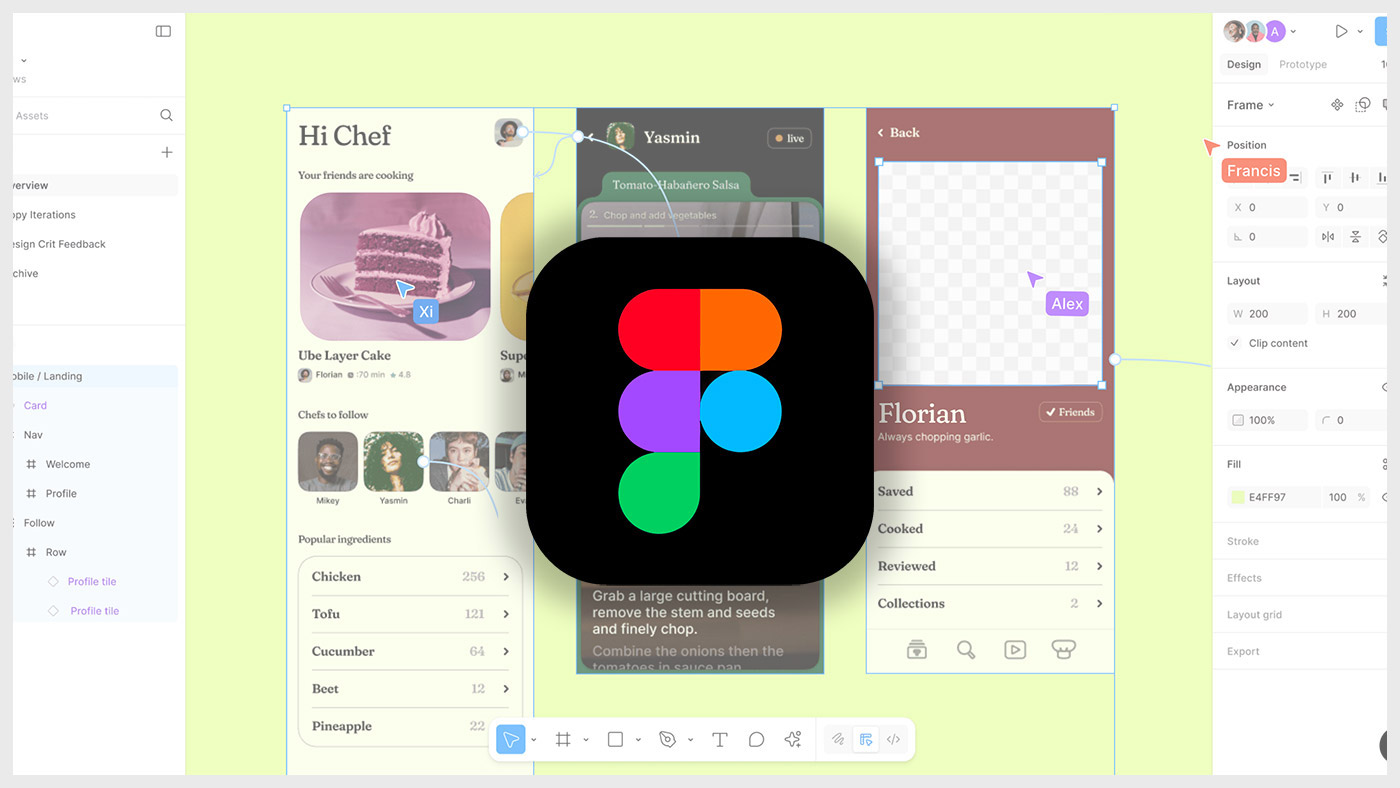How to Create a 50/30/20 Budget That Actually Works

How to Create a 50/30/20 Budget That Actually Works
The 50/30/20 budget is a simple yet powerful framework for managing your money. By dividing your income into three clear categories—needs, wants, and savings—you can maintain financial stability while still enjoying life. But the key is to implement it in a way that works for your lifestyle and long-term goals.
What Is the 50/30/20 Budget Rule?
The 50/30/20 rule divides your after-tax income as follows:
- 50% to Needs: Rent or mortgage, utilities, groceries, insurance, and other essentials.
- 30% to Wants: Dining out, shopping, entertainment, hobbies, and vacations.
- 20% to Savings and Debt Payments: Emergency fund contributions, retirement savings, and extra debt repayments.
This system is popular because it strikes a balance between living for today and planning for tomorrow.

Step 1: Calculate Your After-Tax Income
Start with your net income—what actually hits your bank account after taxes and deductions. Include income from side hustles or freelance work, and consider using tools like [Kapitalwise Affiliate Link] to track your cash flow in one place.
Step 2: Identify Your Needs
List all essential expenses: housing, utilities, insurance, groceries, and transportation. Compare this total to your income. If your “needs” exceed 50%, it’s a sign to reduce costs or find ways to increase income.
Step 3: Track Your Wants
Wants are discretionary expenses. Eating out, subscription services, and hobbies fit here. Tracking these carefully helps you avoid overspending. Apps or a simple spreadsheet can help visualize trends.
Step 4: Prioritize Savings and Debt Payments
At least 20% of your income should go toward financial growth—saving for emergencies, retirement, or paying down high-interest debt. Automate savings transfers to a high-yield account to build discipline effortlessly.

Common Mistakes When Using 50/30/20
Even a simple plan can fail if you overlook these pitfalls:
- Not Adjusting for Irregular Income: Freelancers and gig workers should base percentages on monthly averages.
- Misclassifying Wants as Needs: A premium streaming service or daily coffee run is a want, not a need.
- Ignoring Lifestyle Inflation: If your income rises, adjust savings before increasing spending.
Why the 50/30/20 Budget Works
This method works because it’s flexible, visual, and easy to start. It builds a habit of saving and encourages guilt-free spending on wants, as long as you stay within your 30% limit.
Bottom Line
The 50/30/20 rule can transform your financial life if you commit to tracking and adjusting along the way. Start small, automate your savings, and enjoy the peace of mind that comes from knowing every dollar has a purpose.








